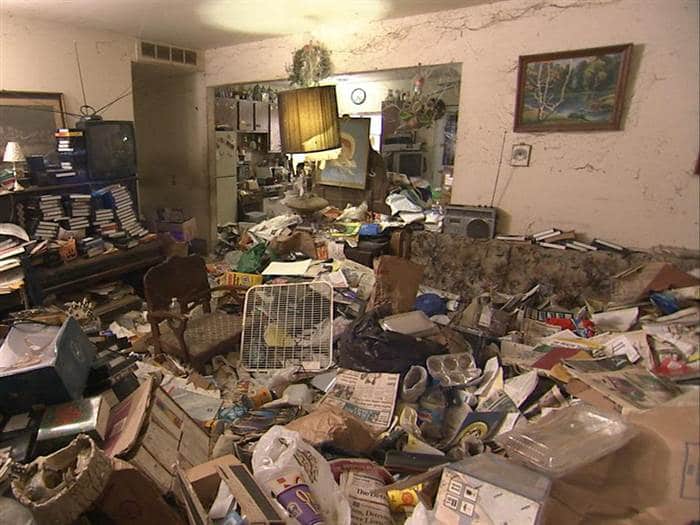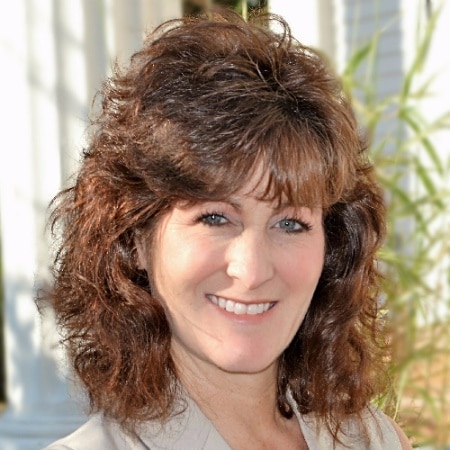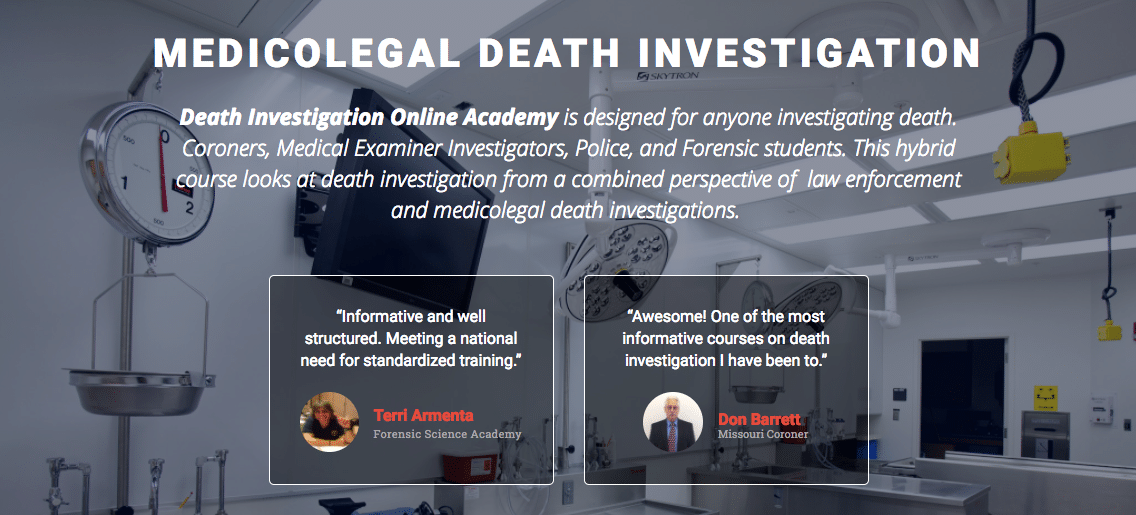 Hoarding is a psychological condition that results in a person accumulating an enormous amount of trash and things of little-to-no value, or worse, more animals than can be properly cared for. Hoarding of any kind can pose several dangers to the occupant and neighbors, and certainly to animals if they are involved. These hazards can be deadly, and all the more reason people with hoarding disorder should have professional help to restore them to healthy living conditions. If children and animals are in the home, exposed to these perilous dangers, hoarding is also a crime.
Hoarding is a psychological condition that results in a person accumulating an enormous amount of trash and things of little-to-no value, or worse, more animals than can be properly cared for. Hoarding of any kind can pose several dangers to the occupant and neighbors, and certainly to animals if they are involved. These hazards can be deadly, and all the more reason people with hoarding disorder should have professional help to restore them to healthy living conditions. If children and animals are in the home, exposed to these perilous dangers, hoarding is also a crime.
Dangers of Hoarding
Structural Integrity
The weight of debris and hoarded items are often more than the floors are able to withhold. The sheer volume of debris in a room can push up against walls, not only damaging their integrity, but also putting the ceiling and roof at risk of collapse. Likewise, the collapse of walls, floors or ceilings can cause gas lines and water pipes to break, resulting in fire and flood damage.
Fire
Large amounts of paper, such as newspapers, books, boxes, and discarded food wrappers and packaging, or improperly stored combustibles can pose extreme fire dangers. If space heaters are used, close proximity to any debris can also cause a fire.
Collapse of Debris
Often, hoarders will create precarious paths between large piles of debris, or will crawl over mountains of trash to get around in the house. If these trash piles collapse, they could trap the hoarder underneath, burying the person alive. This could result in death from suffocation or inability to notify anyone they need help.
Decay/Decomposition
As is often the case, hoarders not only collect relatively useless items, but they tend to not dispose of much of anything. The decay of spoiled food stuffs and waste can lead to terrible odors and airborne pathogens that can be harmful or even deadly. In a very unusual case in San Francisco, the mummified body of a 90-year-old woman was found in an extreme hoarding case. Officials believe she died 5 years previously.
Harmful Biohazards
In almost all hoarding scenes, biohazards are present. Biohazards can be toxic or infectious, even deadly, and can lead to any range of illnesses and dangers to the resident or neighbors. Common biohazardous materials include spoiled food, feces and urine, blood, bodily fluids, pet waste and dead animals.
Infestations
The decay and decomposition of organic materials and biohazards, undoubtedly attract pests. Rodents will leave waste and very often get trapped and die within a hoarding residence. This further increases the potential harm to the hoarder, as well as neighbors. This is why hoarding goes beyond an individual and becomes a community problem.
Personal Hygiene and Nutritional Issues
A hoarding situation can become so extreme that debris blocks access to a kitchen and bathrooms. When the kitchen is blocked or is overwhelmed by harmful waste, proper food preparation becomes impossible. And when bathrooms become blocked, makeshift alternatives are used, with an absence of hygiene. In the extreme hoarding case in San Francisco, police found over 300 bottles of urine on the premises.
If a loved one or a neighbor is a hoarder and living in unsafe conditions, we can help with the cleanup and refer you to other helpful resources. If animals or children are at risk, we can also put you in touch with law enforcement agencies that can assist.
 Episode Guest – Michelle Doscher Ph.D
Episode Guest – Michelle Doscher Ph.D
A forensic scientist specializing in investigative psychology and crime scene investigation. Diversified experience as an investigator, interviewer, instructor, expert witness, and an analyst. Currently conducting research in the transference of psycholinguistic cues to handwriting during deception. The current quantitative method unites psychological and physical evidence for more concise investigative leads, with expected applications for criminal interrogations and loss prevention interviews.

 Free 12 week email course. Receive a new training and video to your inbox every week for 12 weeks. This is real training and will give in detailed actionable steps to becoming a better investigator. Sign up today at:
Free 12 week email course. Receive a new training and video to your inbox every week for 12 weeks. This is real training and will give in detailed actionable steps to becoming a better investigator. Sign up today at:
 Medicolegal Death Investigation – Online Academy
Medicolegal Death Investigation – Online Academy

The Death Investigation Training Academy was founded to play an integral role in the death investigation community. The need for quality accredited training is in short supply and high demand. Using a combination of classroom training, live on site scenario exercises, and web-based training, the Death Investigation Training Academy is filling the need of 21st-century investigators.



